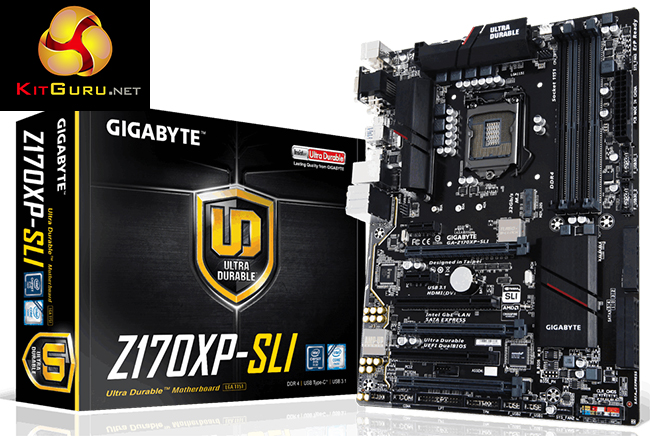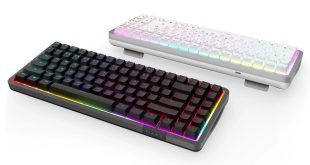The Gigabyte Z170XP-SLI is a solid motherboard that makes entering the Z170 platform, while maintaining diverse multi-GPU capability, an affordable process.
General performance from the motherboard is good, if not quite as fast as noticeably higher-priced solutions from competing vendors. Our testing did identify what seems to be a BIOS bug relating to memory performance and it does impact performance where memory bandwidth is of relevance (7-Zip archival). If this is indeed a BIOS-led issue, a solution should not be difficult to come by but the waiting time for a BIOS update is frustrating for buyers.
Overclocking capacity of the board was strong, and impressive given the modest price tag. We had no problem taking our 6700K processor to 4.8GHz while pushing 1.40V through the chip, and Gigabyte's LLC setting even reduced the VCore level to 1.38V under load but maintained stability. Our CPU cache frequency was held stable at 4.5GHz, too, and this was all alongside four DIMMs of 3200MHz DDR4.
Of course certification for the application of two Nvidia graphics cards in SLI is an important feature, and it actually makes the Z170XP-SLI one of (perhaps the) lowest cost Z170 boards that can run a pair of Nvidia GPUs in SLI. This is ideal for budget-conscious users who want longevity from their system, as adding another GPU into the mix in a few months or years is typically a quick, cost-effective way of boosting frame rates.
Gigabyte has been smart in deciding which features are important to those making a low-cost jump onto the Z170 platform. There's no add-on SATA chipset or fancy power delivery components. But instead Gigabyte allocates resource budget on the addition of USB 3.1 Type-A and Type-C ports, PCI connectors for users wanting to reuse their ageing WiFi card, and a healthy audio system. Add Intel's I219-V NIC and the host of chipset-based offerings into the mix, and the Z170XP-SLI offers a good range of features that general users will appreciate.
The UEFI implementation offered by Gigabyte is easy to use and allocates the core features that one would expect. It's far from impressive though, especially with its dire fan control method and inherent lack of value-added features or interactivity. ASRock and Asus (I have yet to test MSI's Z170 solution) have significantly better implementations, based on my experience.
Priced at £113.99 from OverclockersUK, the Gigabyte Z170XP-SLI is a smart solution to those looking for a low-cost motherboard that gives them the flexibility to utilise SLI in the future. With a 32Gbps M.2 connector, USB 3.1 Type-A and Type-C ports, and an enhanced audio solution, Gigabyte's Z170XP-SLI can be used to build an impressive system. Just don't expect it to feature all of the bells and whistles of the higher-priced offerings and expect to wait for a BIOS update to fix memory performance.
Discuss on our Facebook page HERE.
Pros:
- One of the lowest-cost Z170 boards to support SLI.
- Solid overclocking performance and good built-in overclocking presets.
- Dual BIOS chips for redundancy.
- USB 3.1 Type-A and Type-C ports.
- Good set of features – Intel NIC with cFos software, 32Gbps M.2 connector, ALC1150-based audio system.
- Smart layout decisions, especially expansion slots, fan connectors, and USB 3.0 headers.
Cons:
- Seems to have a BIOS bug that hampers memory performance, although this should be fixable.
- UEFI lacks the features of competing vendors' solutions, such as good fan control and general interactivity.
- Brown, not black, PCB will irritate appearance-conscious buyers.
- Optical SPDIF audio connector may be missed by some.
KitGuru says: A solid solution that gives users wanting SLI support a low-cost entry point to the Z170 platform.
 KitGuru KitGuru.net – Tech News | Hardware News | Hardware Reviews | IOS | Mobile | Gaming | Graphics Cards
KitGuru KitGuru.net – Tech News | Hardware News | Hardware Reviews | IOS | Mobile | Gaming | Graphics Cards





I fail to see how this board is slower than the other 2 as the frame testing is within margin of error.
When one activates the XMP profile it automatically activates a memory stability option that should be set to normal to regain those 10Gbps extra. I don’t remember exactly how that option is called but just search for a memory related option that says “compatibility” or “stability” and switch it to “normal” instead.